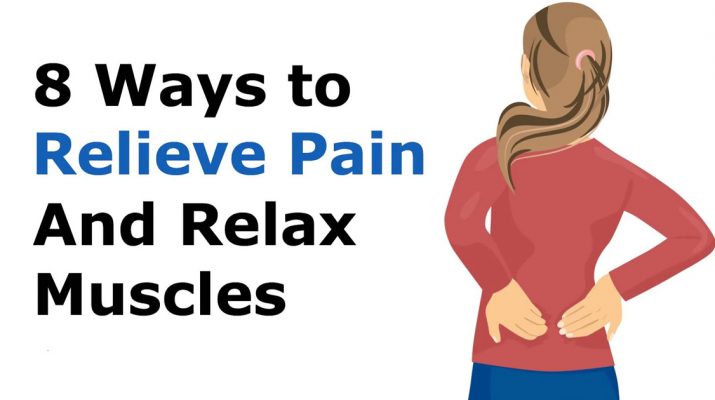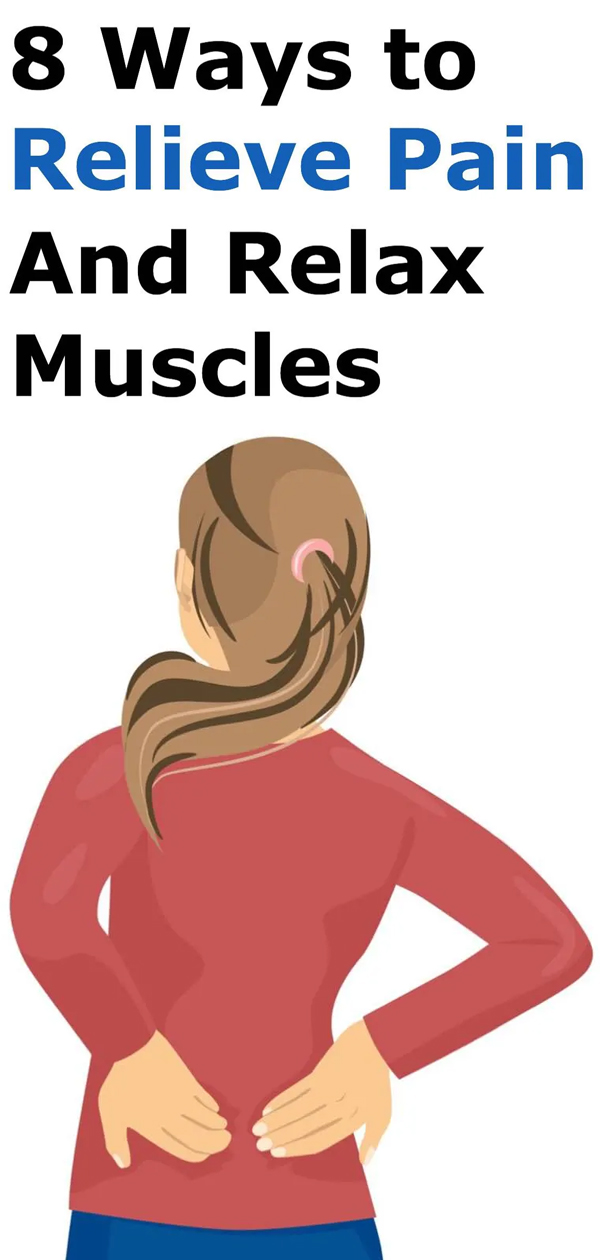Muscle relaxers can be helpful in alleviating pain, but patients should be aware of certain potential problems. For example, both carisoprodol and diazepam are classified by the U.S. Drug Enforcement Administration as Schedule IV controlled substances based on their potential for drug abuse and addiction. – Kathee de Falla, Pharm.D.
Introduction
How many people here have ever experienced severe back/neck/shoulder/whatever pain? Thank you, put your hand down (I can’t see you, anyways). Joking aside, body pain is no laughing matter. In fact, some pain episodes can flat-out suck. Severe back/neck/shoulder/whatever pain even has the potential to be debilitative. Millions of people have lost their quality of life as a direct result of pain issues.
People that struggle with body pain often turn to a doctor for help. To do so, many doctors prescribe what is both widely available and often abused: muscle relaxers. Desperate for relief, the patient anxiously heads to the pharmacy, where the potent medication is then dispensed.
We’re not here to debate the topic of pharmaceuticals. Most will agree that they have their place for certain conditions. However, many people – aware of the danger posed by both muscle relaxers and painkillers – search for natural alternatives.
If you are indeed one of these people, then look no further! We’re hopeful that one of these eight natural muscle relaxers described below will ease some – or all of – your pain. You’ll notice that some recommended solutions are preventative in nature. This is by design, as preventive measures are perhaps the best courses of action (or non-action) for keeping pain at bay.
Without Further Delay, Here Are 8 All-Natural Ways To Relieve Pain In Your Muscles:
- Limit your rest
Provided the existing pain is not too severe, it is recommended to move your body – thereby moving your muscles – in order to keep them loose. Doing this reduces pain-causing inflammation and keeps your joints functional.
Your mobility is going to be limited during this time, as such, it is definitely recommended not to engage is any movement that may have caused the initial pain response. Just give the body a bit of time to rest and relax, while mixing in some frequent light movement to expedite recovery time.
- Avoid ‘pain-causing’ foods
What you put into your body has a significant impact on whether or not muscles tense up, or whether body pain surfaces. Here are a few foods to avoid in order to keep those muscles limber:
– Alcohol: This can exacerbate any existing inflammation.
– Caffeine: Caffeine is a dehydrator and also can worsen inflammation. It is recommended to limit caffeinated drinks (e.g. coffee) in order promote healthy muscles.
– Sugar: Causes inflammation and potential pain response.
– Trans fats: Aside from being incredibly healthy, foods that contain trans fats can spur inflammation, worsen pain, and contribute to other counterproductive effects.
- Get a Massage
Massages are great as both a prescriptive and preventative course of action. A licensed massage therapist can address the pain area, while also relieving any other area of tension. Those with chronic muscle pain may benefit from more routine visits to a good massage therapist.
- Use Cannabis Oil
Scientific research suggests that cannabinoids suppress the transmission of neurons in pain pathways, which stimulates pain relief. In addition to being shown to reduce long-term pain, cannabis oil is shown as anti-inflammatory properties.
- Use Essential Oils
Certain essential oils (e.g. peppermint, jojoba, coconut) possess a wide breadth of health-promoting properties. Essential oils are particularly helpful in soothing sore muscles, mitigating tension headaches, and relieving an aching back.
Peppermint is one essential oil that has undergone numerous scientific studies. To this end, the plant has demonstrated pain-relief benefits for symptoms associated with the condition of fibromyalgia, including those mentioned above.
- Use Arnica Oil
According to a study published in the National Library of Medicine, patients of chronic neck pain prescribed a treatment regimen of massage therapy with arnica oil, “showed significantly less pain” compared to alternative treatments. Neck pain is far from the only pain type that arnica oil helps to relieve. The oil has demonstrated a number of beneficial health properties – including as an anti-inflammatory – that makes it a useful solution for various areas of pain or tension.
- Soak in Epsom Salt
When magnesium levels are diminished, it is common for muscle pain to surface. A quick soak with Epsom Salt (just the feet!) can raise the body’s magnesium levels, assisting healthy muscle function. Proper magnesium levels are also important for keeping inflammation at bay. Of course, soaking your feet is a hot mix of water an Epsom Salt naturally relaxes the body and muscles, further supporting pain relief.
- Get an adjustment
Ok, so we know that this isn’t necessarily a groundbreaking or novel suggestion, but an adjustment from a chiropractor may be just what the doctor ordered (pun intended). It’s natural, drug-free, and may even be more efficient at relieving pain than muscle relaxers according to one study.
So, if you’re troubled by pain – no matter where on the body – visiting a good chiropractor is one of the wisest moves you can make.


